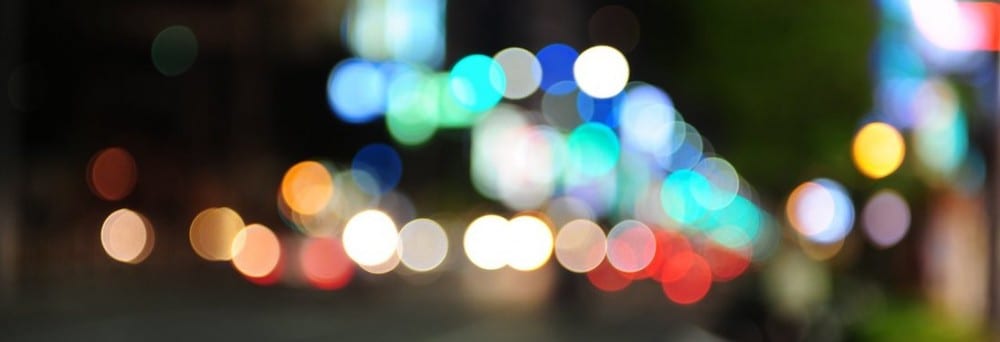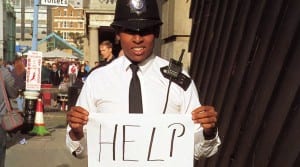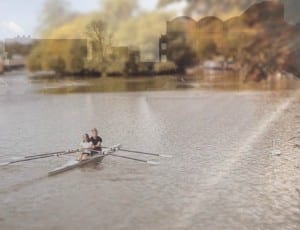Gillian Wearing describes her work as “editing life” (Stonard, 2001). She documents the confessions of people through photography and film. The portraits she creates are very powerful to look at because these are pictures of real people and their own personal thoughts on public display. This photo of the policeman holding the ‘help’ sign really stood out to me because it can be interpreted in different ways. Is he expressing that he is here to help, or needs help? Or could he be asking us to help?
http://www.whitechapelgallery.org/wp-content/uploads/2014/10/GW_Image-01-e1416570167151-1170×655.jpg
http://www.whitechapelgallery.org/exhibitions/gillian-wearing/
Wearing’s work has inspired us to create something as bold and engaging. By using giant speech bubbles, we are creating visual spectacles that will really capture the public’s eye and draw their attention to us and what we are doing. The work we want to create is meant to be questioned in order to peek the members of the public’s curiosity. We want reactions, whether it is confusion, bewilderment, fascination, and even misunderstanding.
Wearing liberates the people she encounters by allowing them the freedom of speech in a safe, inviting environment. Of course, not everyone is willing to be a part of something like this, but when someone does engage and open themselves up to possibility, they are liberating themselves from the constraints of modern society. What I mean by this, is the fact that people choose to be silent and not express their feelings because it is safer, easier and not always socially accepted. In addition to this, the people who Wearing photographs are courageous enough to openly express their insecurities, anxieties and worries about their lives by letting down their metaphorical guards which have been built up to keep others out.
This example of creativity and bravery has inspired us to create our own work which defies social boundaries and liberates us and the public from social normalities. Our speech bubbles are designed to disrupt the public’s set journeys and to give them the opportunity of distraction by simply looking up. We tend to walk with our heads down in the literal and metaphorical sense and I believe we need to take the time to just ‘look up’.
Stonard, J. (2001) Gillian Wearing OBE. [online] New York: Tate. Available from: http://www.tate.org.uk/art/artists/gillian-wearing-obe-2648 [Accessed 25 February 2015].


 soft bird song playing from hidden speakers the audience would be invited to sit with the actor and have a conversation with a stranger. Opening a dialogue in this way between two strangers is particularly special as the high street contains so many people and voices that very rarely cross paths and there is very rarely time allowed for human interaction, or else there is a risk of breaking the rhythm of the busy shopping strip.
soft bird song playing from hidden speakers the audience would be invited to sit with the actor and have a conversation with a stranger. Opening a dialogue in this way between two strangers is particularly special as the high street contains so many people and voices that very rarely cross paths and there is very rarely time allowed for human interaction, or else there is a risk of breaking the rhythm of the busy shopping strip.